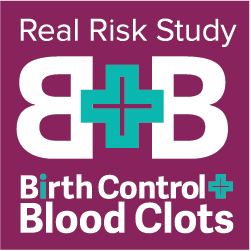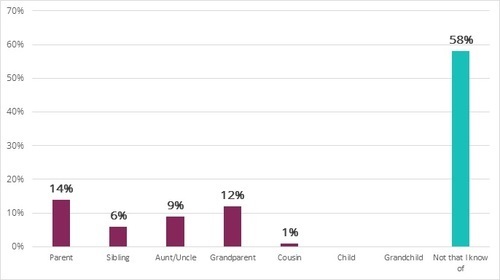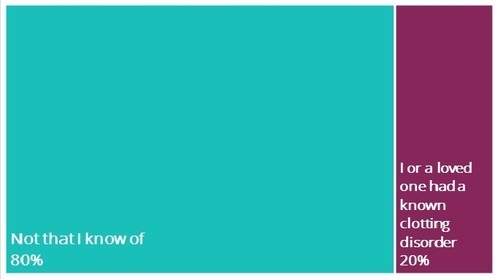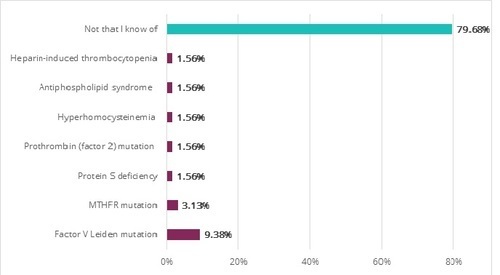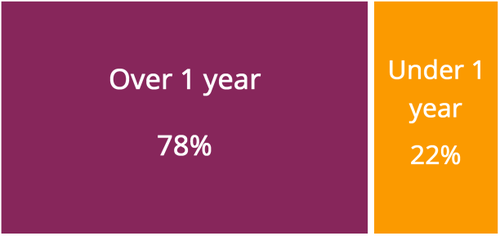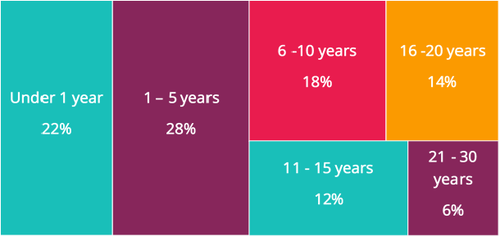I got divorced in May 2012. My life was pretty stressful, and I had a very demanding job that took up a lot of my time. I had been getting hormonal migraines for over 10 years when in February 2013, I finally mentioned the migraines to my nurse practitioner. I was desperate for relief. She said, “Why don’t you go on the pill and get rid of your period and then you won’t get the migraines anymore.” I was reluctant since I’m not a band aid type person. I don’t like getting rid of the period to get rid of the migraine. I’d rather go to the source and get rid of it that way, but no one was buying that the migraines were hormonal.
So I began the birth control pills (Loestrin) in February 2013. I was relieved because I had no more headaches! However, I didn’t really feel well despite that. In June, my daughter graduated high school and I looked horrible. Looking back now, my health was going downhill, but I’m not sure exactly what it was due to since I had a lot going on.
We had a busy summer that included a vacation with a long car trip of about 14 hours, split up over two days, to get to our destination, and the same coming home. In retrospect this may have contributed to the blood clots that I developed later in the summer.
On Friday August 2, 2013, I was getting ready for work and started experiencing some pain in my groin, but blew it off. That pain got worse as the day went on. I couldn’t put pressure on my left leg at all. That evening, when I got home from work, my leg was so swollen from my hip to my calf, that I needed help getting my pants off. I couldn’t get out of bed all weekend. On Monday, I faked feeling better because I couldn’t afford to take time off from work for a little pain. I’m a good minimizer of pain. However, on Tuesday, when I went to work and still had a painful and swollen leg, my boss forced me to go to urgent care since I couldn’t find a doctor that could see me.
The doctor at the urgent care couldn’t find anything wrong with me and was just about to send me on my way when he asked if I had family history of clots. I said no. He asked if I was on birth control. I said yes. He sent me for an ultrasound. There was the absolute minimal amount of blood traveling through my left leg because it was so overcome with multiple clots. The doctor wanted to send me to the hospital, but thinking of my kids and being a single mom, I said I couldn’t go. So he gave me Xarelto, an anticoagulant, and I agreed to bed rest until Friday and then I’d see my primary care doctor to see if I was any better.
When I went to my primary care doctor, I was still swollen and could barely put any pressure on my leg. She didn’t even run tests. She sent me straight to the hospital without me knowing what the plan was once I got there. I got out of the car in the hospital parking lot and started walking to the door and fell. My legs gave out. I’m still unclear if that was related to the clots.
When the hospital started admitting me, I was shocked and had to call my daughter to let her know what was going on. I thought I was just getting a bit of treatment at the hospital and going home. I didn’t really realize how serious this was. I asked my kids to meet me at the hospital after school and by the time they got to the hospital, I had undergone surgery to remove the clots and put in two stents to keep the veins open and hopefully clot free. The next day, they did an ultrasound and saw most of the clots gone, but not all. This was Saturday. So I had to wait until Monday for another surgery.
During all of this they also discovered that I have May-Thurner syndrome, which is when a vein in the pelvis gets compressed by an artery passing over top of it. This causes narrowing and decreased blood flow through the vein that is affected, which increases the risk of deep vein thrombosis in the leg.
I was in the hospital for a week. My hemoglobin levels dropped too low to be released. After being released and going home with a walker to get used to walking again. I started having neurological issues. I ended up in two more hospitals and later found out I had an underlying neurological condition that was now in full force. By October 2013 an ultrasound showed that all of the clots in my leg were gone, but now with my neurological condition, I have a lot more to deal with. To make sure I don’t get another deep vein thrombosis, I also have to be careful with flying or on long car trips to wear compression stockings and make sure I move around every two hours, and of course I won’t be using hormonal birth control again.
Real Risk Study: Birth Control and Blood Clots
Lucine Health Sciences and Hormones Matter are conducting research to investigate the relationship between hormonal birth control and blood clots. If you or a loved one have suffered from a blood clot while using hormonal birth control, please consider participating. We are also looking for participants who have been using hormonal birth control for at least one year and have NOT had a blood clot, as well as women who have NEVER used hormonal birth control. For more information or to participate, click here.





